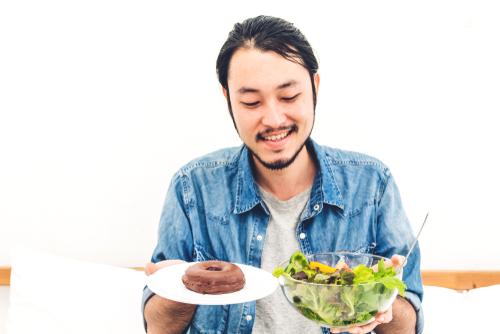Hunger is a signal that reminds us to eat. This built-in, biological cue ensures our survival.
A food craving, however, is a cry for comfort, in the form of cookie dough ice cream, cheese fries, a cola, or some other intensely flavored concoction.


Hunger is a signal that reminds us to eat. This built-in, biological cue ensures our survival.
A food craving, however, is a cry for comfort, in the form of cookie dough ice cream, cheese fries, a cola, or some other intensely flavored concoction.